Investigation of models to estimate flight performance of gliding birds from wakes
(2024)
Journal Article
Song, J., Chen, C., Cheney, J. A., Usherwood, J. R., & Bomphrey, R. J. (2024). Investigation of models to estimate flight performance of gliding birds from wakes. Physics of Fluids, 36(9), https://doi.org/10.1063/5.0226182
Mathematical models based on inviscid flow theory are effective at predicting the aerodynamic forces on large-scale aircraft. Avian flight, however, is characterized by smaller sizes, slower speeds, and increased influence of viscous effects associat... Read More about Investigation of models to estimate flight performance of gliding birds from wakes.
